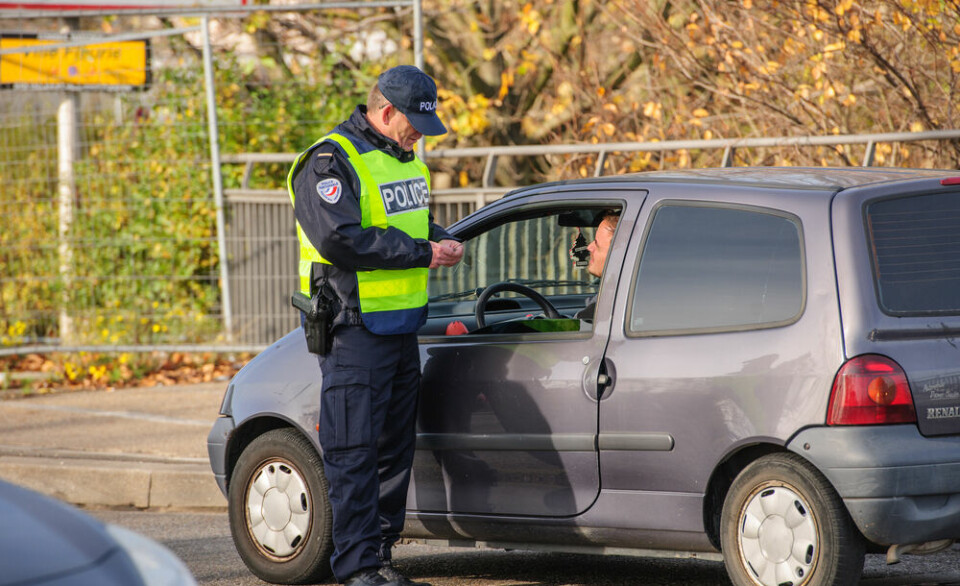-
Pension age reform in France: New poll shows support for a return to age 62
Employers' organisations and trade unions are currently meeting to discuss the subject on the orders of Prime Minister François Bayrou
-
Mystery of jewels found buried under communal wall in Dordogne
The gold rings, pearl brooches and diamond encrusted bracelets were discovered by a local association
-
Try a different way to cross UK-France the Channel - a sailing catamaran ferry
Passengers will be able to help sail the boat once out of the harbour
2018 tour picks its winners
Each year some 200 communes apply to be Tour de France stops, but only 30-40 are chosen

The official route for the 2018 Tour de France has been revealed and will cover two major sections.
Starting in the west in Vendée it will travel anti-clockwise to the north, before recommencing at Annecy and tracking south west to the Pyrenees. Riders then fly back up to Paris to complete the final stretch.
Each year some 200 communes apply to become tour stops but only around 35 are chosen – and size is not everything. Tiny Jausiers in the Alpes de Haute-Provence has been a previous finishing point despite only having 1,000 residents.
There is a price to pay to be on the route: €90,000 to be a finishing point and €60,000 for a starting point. There is more cost, however, as each commune must also pay for the work to host the 2,000 vehicles involved in the peleton, ensure the road surface is up to spec and pay for cleaning operations both in the anticipation of spectators and after the tour has left. However, it is still considered an investment as for every one euro invested, a commune can expect four to five euros in return.
Since 1993 the Tour has been accompanied by L’Etape du Tour, an amateur cycle race which follows one of the mountain stages. In 2018 it will follow the 10th stage of the race from the shores of Lake Annecy to Le Grand-Bornand via several mountain crossings that notch up 4,000m of climbing over the course of the day. The race takes place on July 8, the day before the professionals arrive to tackle the route.
The Tour turns 105 years old in 2018 and covers 3,300km in 21 stages, including cobblestones, dirt roads and three mountain finishes. It will take place from July 7-29; a week later than usual so as to not conflict with the 2018 FIFA World Cup in Russia.
It will be the sixth time that the Vendée has been the starting point. From Noirmoutier-en-l’Ile, it travels to Fontenay-Le-Comte, before hitting La Roche-sur-Yon, Sarzeau, Lorient, Quimper in the west, and Brest. Then it will travel to Mûr de Bretagne, taking in Chartres, Amiens, Arras and Roubaix.
A flight will then connect to Annecy for riders to head to Le Grand-Bornand, La Rosière and Alpe d’Huez in the east. The route then travels to Valence, Mende, and Carcassonne, taking in Bagnères-de-Luchon, Saint-Lary-Soulan, Lourdes, Pau, and Espelette in the south-west. Carcassonne will also be a rest town giving riders a much-needed break halfway through.
























